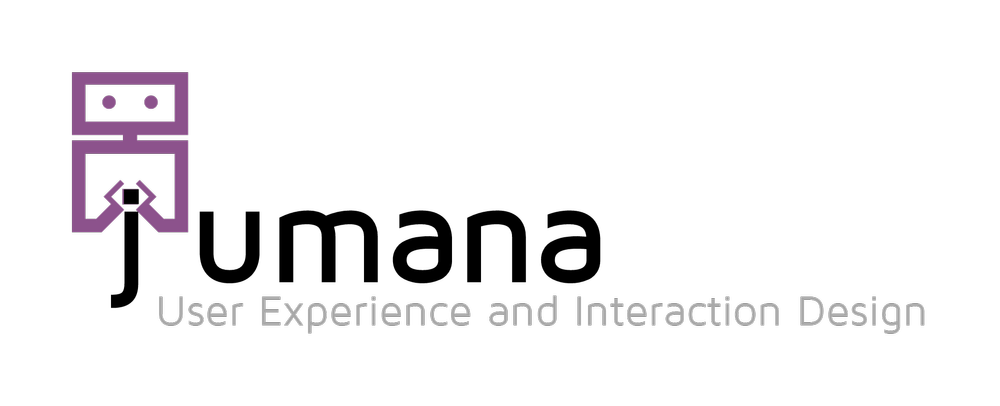Second Toy: Autonomous Sensations
Role
Researcher and Interaction Designer
Client
Collaborative project with the School of Architecture at UMich.
Summary
This toy begins to explore the reasoning that occurs between senses of touch and visual stimuli. The relationship between the two creates a sometimes difficult lapse in judgement in children with autism. The lights will be the ultimate reward of playing with the toy meanwhile the textures will compliment the ongoing sensations. The result of using such a toy will allow for the child to begin to immerse themselves in an environment where they can coexist with various senses.
Challenge
How do we design a playful experience that stimulates the tactile sensation in autistic kids.
The research behind the toy is documented and published in this paper
Process
First Design Phase
The design process followed was iterative in which we started by brainstorming and sketching multiple ideas that take into consideration the general requirements to design objects for autistic children, like for example their high sensitivity to light and sound (see pic bellow).
Sketches of different ideas for wearables and spaces for the initial brainstorming process
Mechanics, Dynamics and Aesthetics (MDA) Model
The toy design process followed the Mechanics, Dynamics and Aesthetics (MDA) model. For aesthetics the toy should provide discovery, touch and curiosity. For mechanics the toy should have the right weight to be carried around and played with, include different material to explore and stimulate the sense of touch. For dynamics the toy could be squeezed, pressed and rotated and feedback will be provided to give some structure to the gameplay but the kids are free to explore the object and apply their own rules.
Second Design Phase
At the early stages we followed an open-ended play approach in which the gameplay is unguided and there is no end goal. As we started iterating through the sketching process we decided to apply another form of play to add more playful interactions to the toy.
The playful experience starts with the inviting shape of the object, which doesn’t have a definitive shape and is encouraging to be held not just observed on another surface. The different materials used encourage exploration, and providing some visual feedback will create an immersive experience to the child with some direction in the gameplay. The different materials used also encourages squeezing which triggers exploration and immersion into the experience.
Third Design Phase
In this stage the initial prototype of the toy was shared with other designers and researchers in the field of interactive interfaces for autistic children. The invitation to play that was sent from the toy was clear and other designers started squeezing and playing around with the toy. Positive feedback was also received regarding the weight of the toy which was used to trigger the sense of proprioception of autistic children to give them better registration of their physical location and space. One concern was raised regarding the colors we used in the prototype and the feedback. The colors were 2 bright colors and that prevented the light feedback to appear clearly as the visual stimuli. Therefore, for our prototype we decided to use white as the color of our material to simplify the visual feedback and isolate the sensations.
A screen capture from the video that captured the testing process
-




